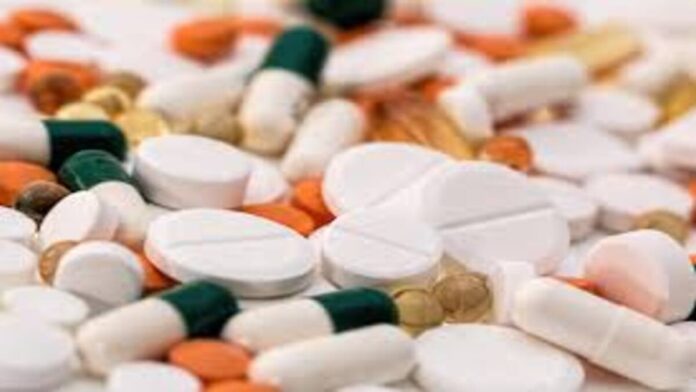There is more negative news for consumers amid the rise in almost everything’s price. The cost of critical medications is expected to increase by 12%. But does that imply that individuals will alter their medication purchasing habits?
Painkillers, antibiotics, anti-infectives, and heart medications are some of the medications whose costs will increase as of April 1.
Last year, the Wholesale Price Index changed by 10.7%, according to the National Pharmaceutical Pricing Authority (NPPA). (WPI).
According to the Drugs (Price Control) Order, 2013 (DPCO), the NPPA publishes an update to the Wholesale Price Index (WPI) each year.
This applies to medicines that are on a schedule, the cost of which is regulated by the NPPA. Drugs that are not on the schedule are exempt from price regulation and are permitted a 10% annual price rise.
Scheduled drugs will continue to have higher price increases than non-scheduled drugs for the second year in a succession. The national list of important medicines includes the or scheduled medications.
The drug pricing regulator, NPPA, decides on a WPI-based price adjustment each year based on that directive, which pharmaceutical firms then carry out. Over 800 necessary medications and medical equipment are affected by the price fixing.
The NPPA stated on Monday that the annual shift in WPI, as announced by the government, amounts to 12.12% in 2022.
According to a report, the cost of 384 molecules, which correlate to 900 formulations across 27 therapies, will likely increase by 12%.
Based on their level of wealth, people’s purchasing behaviours differ from region to region.
The NPPA’s ruling, which will cost consumers money, will be welcomed by the pharmaceutical sector.
“This particular increase, which will take effect on April 1, is primarily due to the foreign-imported raw materials. The price of these compounds has increased, forcing the government to raise the price, according to chemist Rajesh Gaur of Bhilai.
APIs, or active pharmaceutical components, have seen a significant increase in price. Not just APIs, but also freight and packing costs have skyrocketed.
The Wholesale Price Index underwent an annual shift of 10.76% last year, according to the NPPA. Nearly 800 scheduled medications on the National List of Essential Medicines, which are used to address the majority of prevalent maladies, had their prices impacted by this.
Affected were the costs of medications used to manage fever, infections, heart conditions, high blood pressure, skin conditions, and anaemia.
The WPI increased by 0.53% in 2021. It was 1.88% in 2020, 4.26% in 2019, and 3.43% in 2018, compared to 3.43% in 2019 and 1.88% in 2020.
The majority of pharmacies advocated for generics when they realised that rising drug prices were hurting their consumers.
“In order to provide cheaper medications, we will look to generics. People who spend between Rs 5,000 and Rs 10,000 per month on medications will be affected by the price rise, according to Jaipur-based chemist Mahendra Singh Gurjar.
Most often, people favour the brand names that their doctors recommend. According to chemists, it will be better if physicians recommend generic medications.




